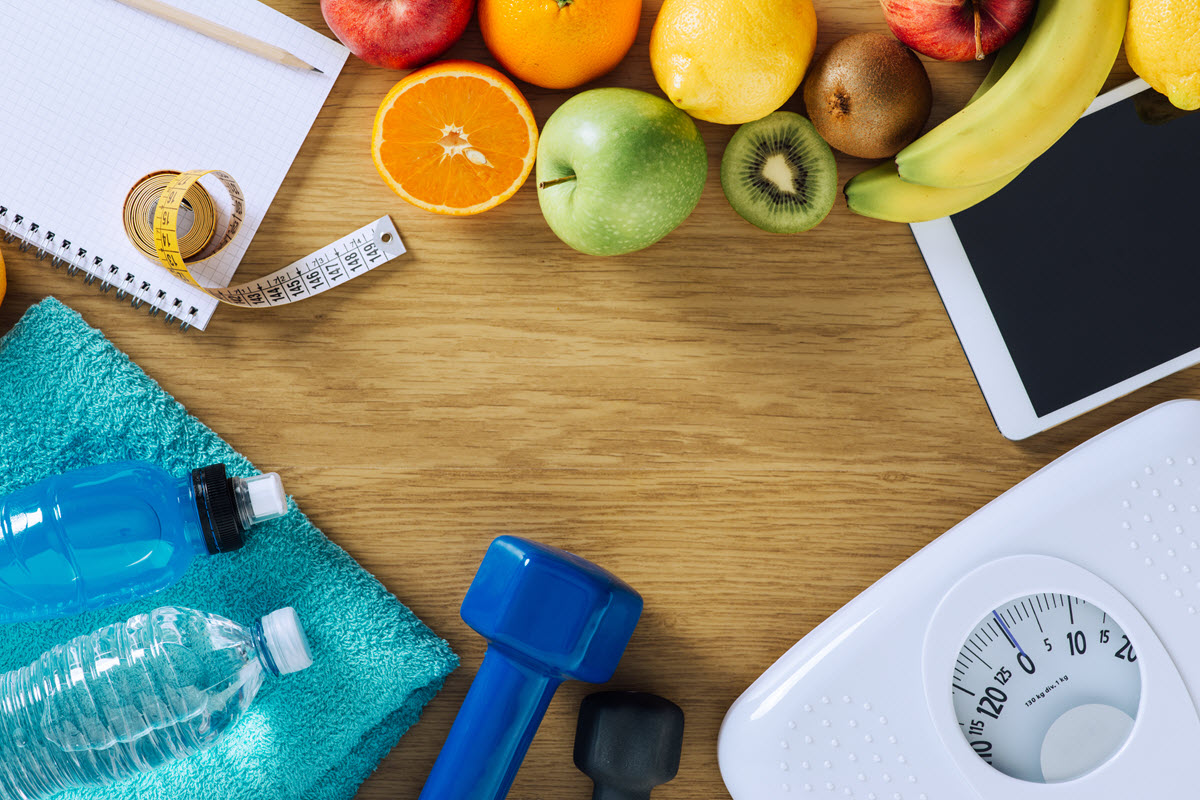Game night is fun for the whole family – but it doesn’t have to be the only time you’re all active together. Getting your family moving every day is important for maintaining good health, and it can be easy to do if you make it part of your daily routine.
We’re firm believers that the family that exercises together, stays together. So, in the interest of many more game nights, we’ve compiled a list of five ways to keep your family active and healthy.
Make Physical Activity a Priority
Just like with anything else in life, if you want your family to be active, you have to make it a priority. Set aside some time each day for everyone in the family to get up and move. Whether it’s going for a walk around the neighbourhood, playing tag in the backyard, or dancing to your favorite songs in the living room, make sure everyone gets at least some moderate to vigorous physical activity.
Go Green(thumb)
If you have the space, planting a garden is a great way to get your family moving and outside enjoying the fresh air. It can be as simple as planting flowers in pots or starting a small vegetable garden. Let everyone have their own little section to tend to and watch the whole thing grow together.
Gardening tasks such as digging holes or hauling bags of soil mimic exercises that improve cardio, build strength and foster health. Plus, if you plant an apple tree, you’ll have more than an apple a day to keep the doctor away from the whole family.
Chore Champs
Chores are a great way to get everyone in the family moving. Not only will you (finally) be getting the house clean, but you’ll also be getting some exercise in as well. Not to mention, it’s a great opportunity to instill a sense of responsibility and pride in one’s work in the younger members of your family.
Vacuuming, sweeping, mowing the lawn, taking out the trash and even dusting can all help to get your heart rate up. And, if you start handing out medals for the best floor mopper or window cleaner, it can be even more fun!
Get Outside and Explore
A competitive game of charades might get the heart pumping but there’s nothing like a hike. Head to your nearest park and explore the trails or plan an annual camping trip filled with outdoor activities. Here, in Calgary, you couldn’t throw a stone without having it land in a national park so get out there and explore.
Take a family bike tour of your surrounding landscape or go for a long nature walk. Not only will you get some exercise with a view, but you’ll also get some quality time together without any screens. And speaking of screens.
Turn Off the Electronics
We know, we know. This one is easier said than done. There’s a reason we left it for last. But, making a concerted effort to turn off the electronics can pay dividends for your family’s health (and happiness). Engage in some good old-fashioned face-to-face even if those faces are getting very sweaty.
Try setting some boundaries around screen time such as no phones at the dinner table or no TV until after a workout to help break dependence and forge newer, healthier habits. Alternatively, if your family starts screaming for their screens back, incorporate technology into your new workout routine with fitness apps and other health trackers.
Family Fitness First
With exercise habits like these, game night in your household will take on new meaning. However, if you’re having difficulty getting started or need some advice, Calgary Integrative Medicine is here to help. Click here to learn more about our weight loss clinic and how integrative medicine can help your put your family’s fitness first.








